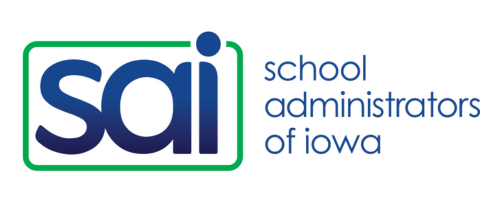What Is Developmentally Appropriate in Early Childhood?
Access the key insights from the most recent research in order to best serve your youngest learners.
The 4th and most recent iteration of the Developmentally Appropriate Practice (2020) brings us to a new understanding of what constitutes developmentally appropriate. “[T]o be developmentally appropriate, practices must also be culturally, linguistically, and ability appropriate for each child.” This means that development does not occur along a linear pathway as once believed, rather children’s developmental cycles can surge forward in some areas and regress the next day and often overlap. So what does this most recent research mean for educators?
The Developmentally Appropriate Practice (2020) offers 3 considerations of developmentally appropriate practice:
-
Commonality: Current research and understandings of processes of child development and learning that apply to all children, including the understanding that all development and learning occur within specific social, cultural, linguistic, and historical contexts.
-
Individuality: The characteristics and experiences unique to each child, within the context of their family and community, that have implications for how best to support their development and learning.
-
Context. Everything discernible about the social and cultural contexts for each child, each educator, and the program as a whole.
While developing children experience some milestones universally and across gender, race, cultures, and contexts (e.g. crawling before walking, understanding much more language and verbal cues absent the same verbal capacity), early childhood educators need to understand the significance of each child’s social, cultural and linguistic context to that child’s development. This means getting to know families to know what is expected of THIS child from THEIR culture in THIS environment—the focus must be very individualized.
The following 9 principles describe the conditions in which children learn best.
-
Development processes reflect an interplay between biology and environment.
-
Domains of development both support and are supported by the others.
-
Play promotes joyful learning.
-
Variations due to cultural contexts, experiences, and individual differences matter.
-
Children are active learners.
-
Children’s motivation to learn is increased when their learning environment fosters their sense of belonging, purpose, and agency.
-
Children learn in an integrated fashion that cuts across academic disciplines or subject areas.
-
Development and learning advance when children are challenged to achieve at a level just beyond their current mastery.
-
Technology and interactive media can be valuable tools for supporting children’s development and learning.
Early childhood educators are also encouraged to examine their own biases and assumptions to ensure a “healthy and wholistic” view of each child in their care.
Read the full article (subscription may be required)
